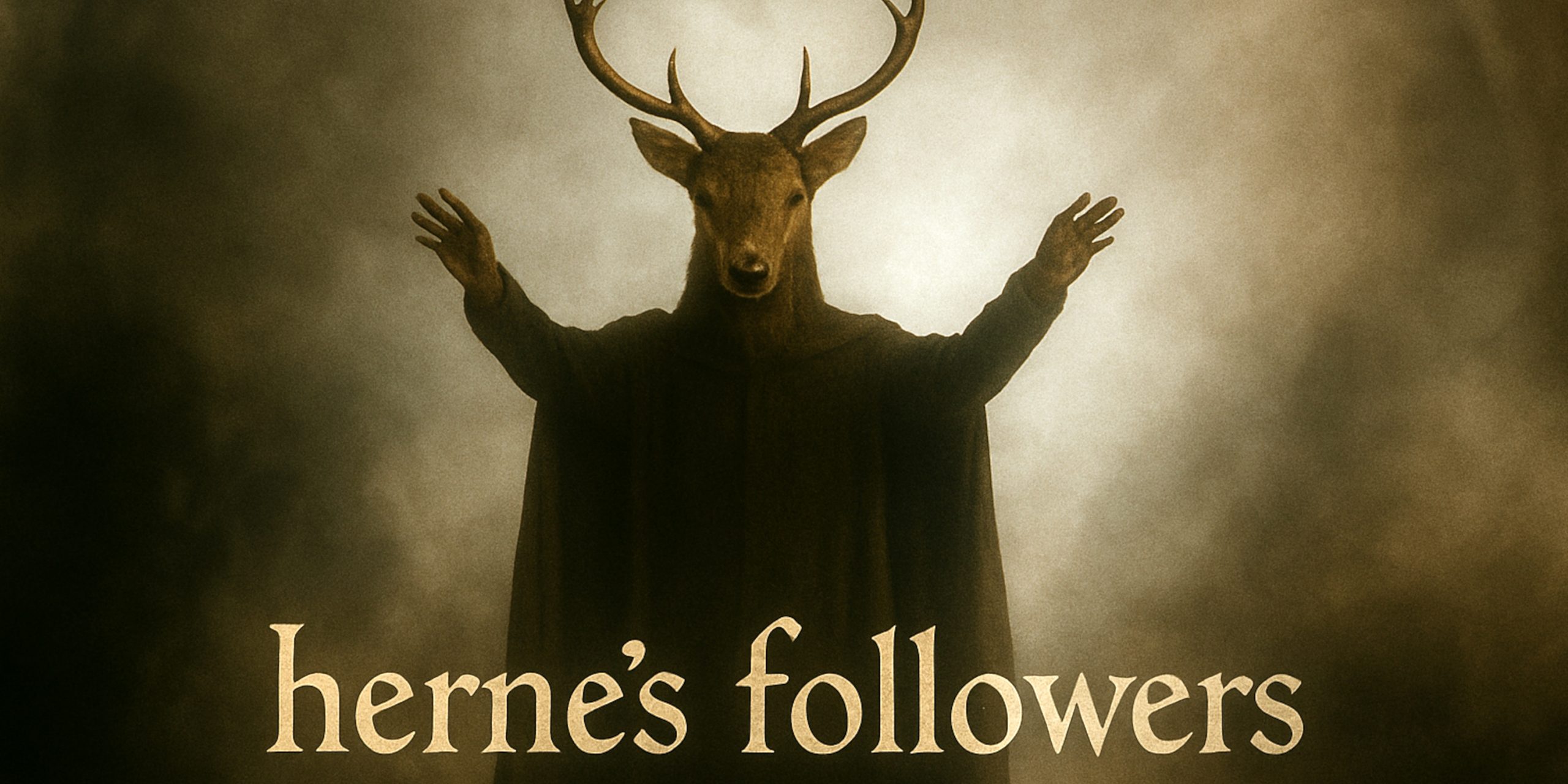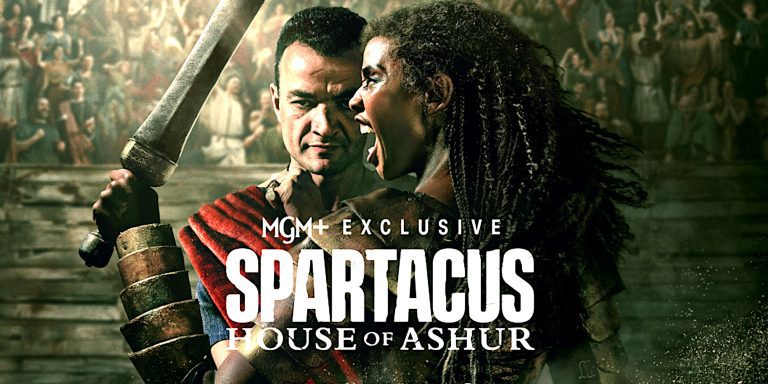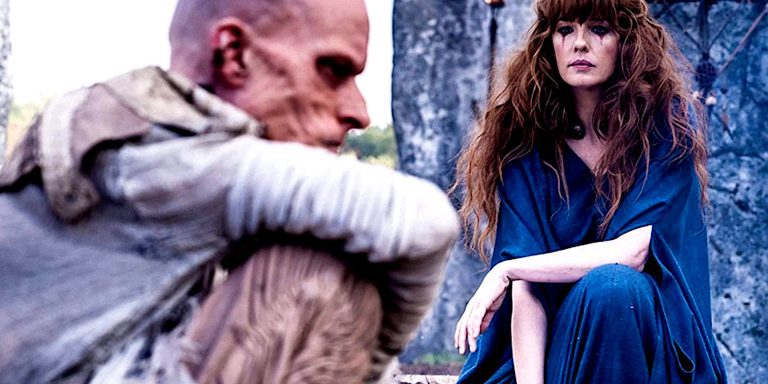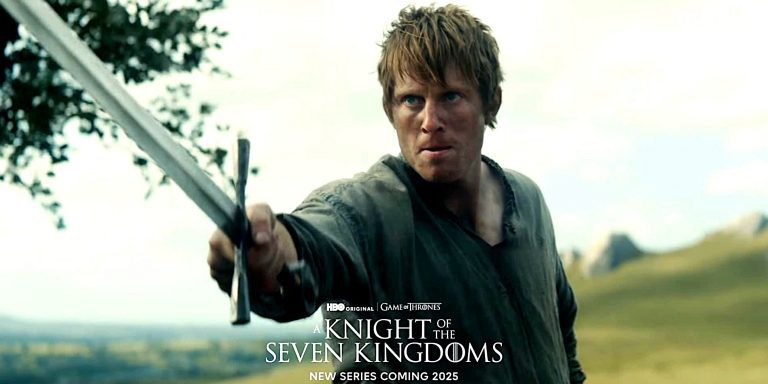
Robin of Sherwood sparked a loyal, decades-spanning community that continues to celebrate its world, values, and characters long after the original broadcast. The series, aired between 1984 and 1986, left an impression deeper than most short-lived shows of its era. It forged something more personal, a connection to myth, magic, and resistance that has remained relevant for many.
A Cult Grows in Sherwood
Unlike many Robin Hood adaptations, Robin of Sherwood built a spiritual dimension into its core. Herne the Hunter, the forest spirit guiding the Hooded Man, added a mysticism that stood apart from previous retellings. For viewers in the 1980s, this was more than set dressing. It gave the story resonance, a sense of something older and rooted in British folklore.
This spiritual weight helped the fandom take on more than just nostalgia. Devotion to the show became almost devotional in itself. Fan events like The Hooded Man gatherings, book releases, soundtrack reissues, and even fan fiction archives have kept the community vibrant.
Not Just Jason or Michael
Part of what made the show’s following resilient was how it handled change. The switch from Michael Praed’s Robin of Loxley to Jason Connery’s Robert of Huntingdon could easily have fractured its appeal. Instead, it expanded the show’s themes, allowing audiences to reflect on legacy, sacrifice, and succession.
Both iterations of the character were embraced by fans, not pitted against each other. That duality, the original outlaw of the people and the nobleman turned rebel, invited a broader range of emotional investment.
Music, Myth, and Meaning
Clannad’s haunting soundtrack remains one of the most cited reasons fans return to the series. The music did not merely accompany the show. It was part of the world-building, part of the spell. Even now, fans play these tracks not just for their musical quality, but for what they conjure: moss-covered oaks, the glint of steel in twilight, voices carried on wind through trees.
The show’s blending of history and myth gave it a timeless quality. Historical details, like the presence of Saracen characters, crude Norman weaponry, and Anglo-Saxon resistance, grounded it just enough to feel authentic. But Herne, the magical elements, and the spiritual motifs kept it suspended just outside reality, in the same liminal space where folklore lives.
Fandom in the Modern Age
Digital platforms allowed the Robin of Sherwood community to evolve. Facebook groups, dedicated forums, and collaborative archives keep the conversation going. Replica props, cosplay, and custom art continue to appear at conventions and online.
The 2016 audio drama, The Knights of the Apocalypse, proved how enduring the affection is. Crowdfunded by fans, it brought back the original cast in a story written by series creator Richard Carpenter before his death. It wasn’t just a reunion. It was a declaration that the Hooded Man still had work to do.
Why It Still Matters
In a media environment saturated with gritty reboots and shallow nostalgia, Robin of Sherwood holds its ground because it treated its material with reverence. It believed in the power of myth. It respected the intelligence of its audience. And it offered something few shows manage: a belief that resistance, loyalty, and honour are worth something, even when they cost you everything.
The fandom that has followed in its wake is not just clinging to the past. It’s keeping a flame lit for a particular vision of heroism, one bound up in nature, brotherhood, and sacrifice.
Herne’s call still echoes. And many still answer.



